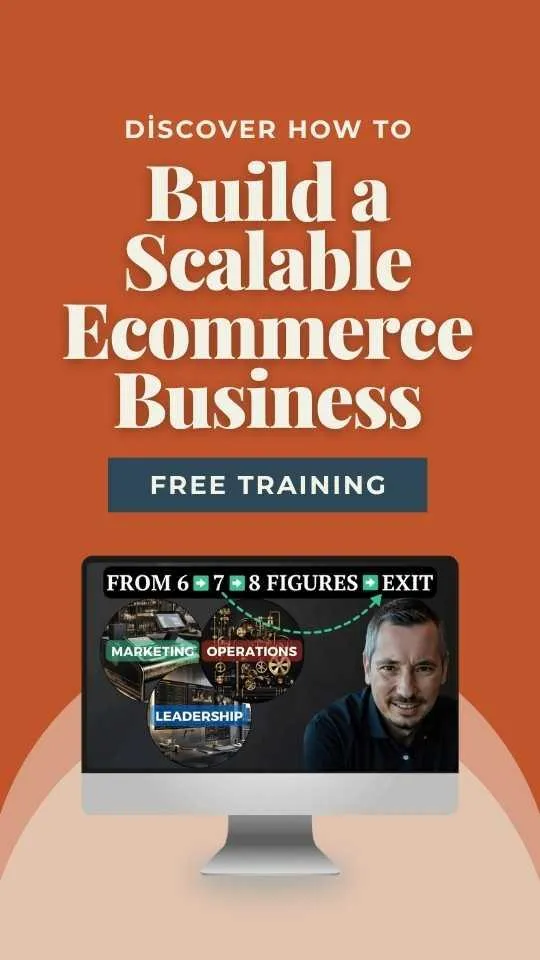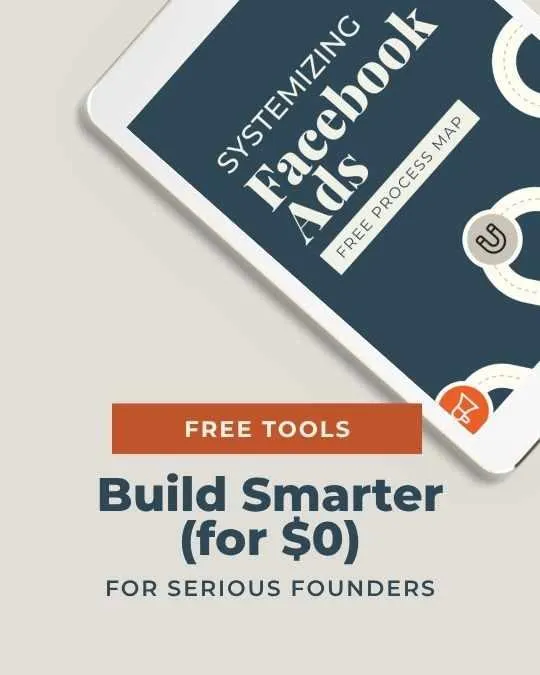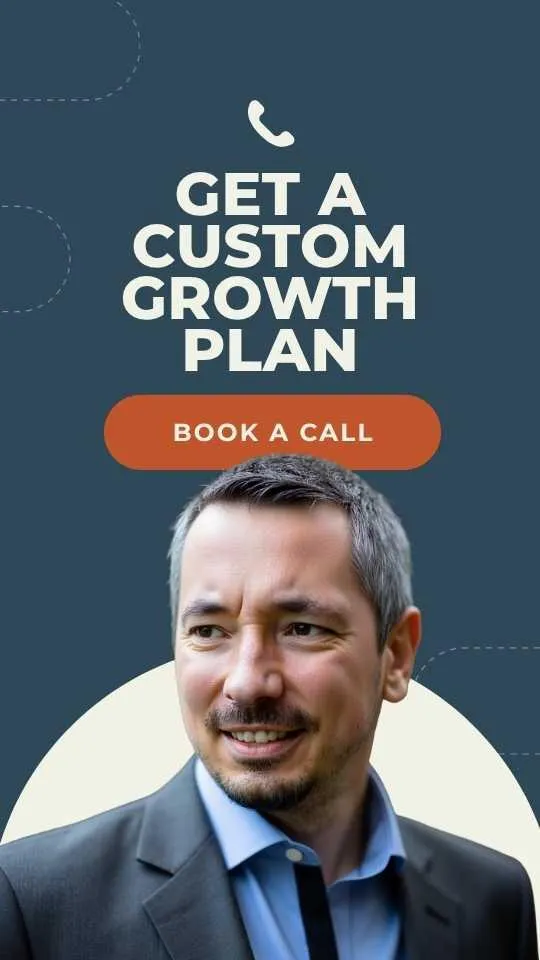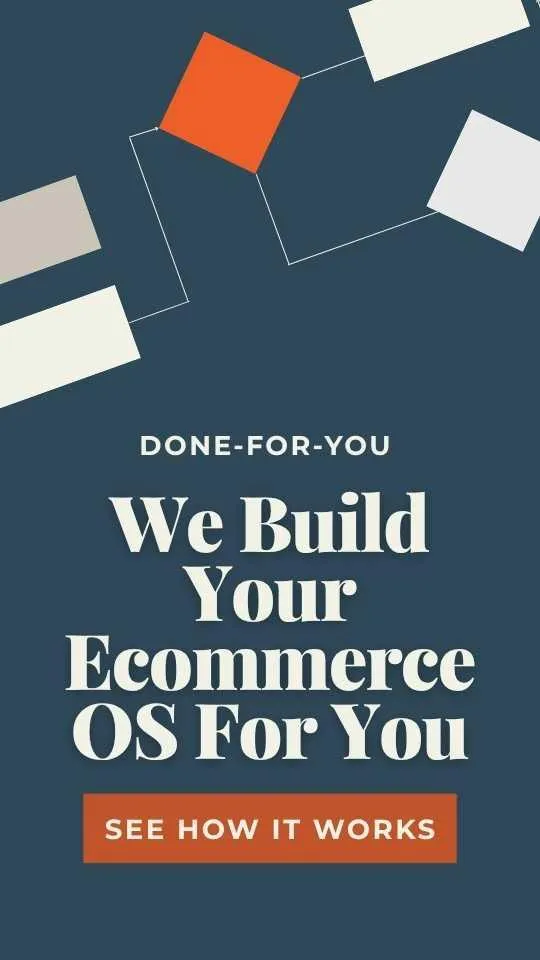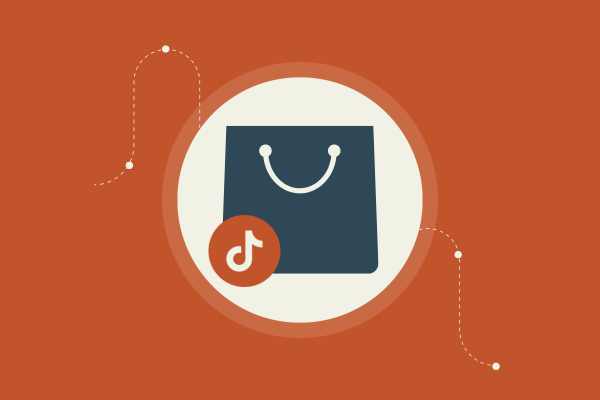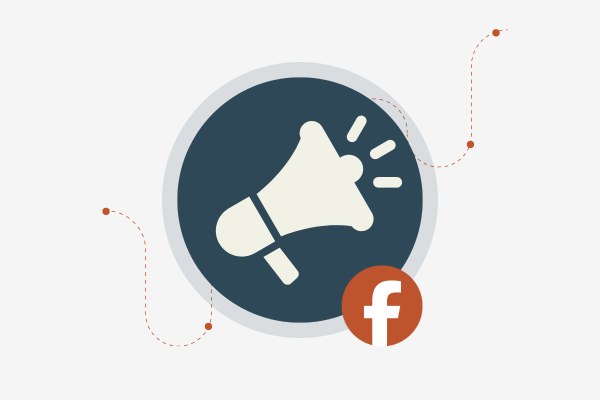Is a Loss Leader Strategy Right for Your eCommerce Business? Find Out Now!
Is a loss leader strategy the secret sauce for your eCommerce business? This tactic involves selling a product below its cost to lure in customers, hoping they'll buy more profitable items. It's a bold move that can boost traffic and sales. The right loss leader strategy can skyrocket your eCommerce growth by getting more customers in the door and ready to shop.
You'll see this method in action at big supermarkets where discount milk and bread pull people in. The strategy aims to turn bargain hunters into repeat customers. If you play it right, the increase in sales from other products can more than make up for the initial sacrifice.
Before you dive in, you have to consider the risks. It's not just about dropping prices. You need to know how to leverage complementary sales, watch key metrics, and decide if this bold strategy aligns with your brand.
Key Takeaways
A loss leader strategy can increase traffic and sales.
Effective use requires smart tactics and monitoring sales metrics.
Consider your business goals before implementing this strategy.
Understanding Loss Leader Strategy
Loss leader strategy is a game-changer in the retail space. It involves selling a product at a loss to lure in customers who will hopefully buy more profitable items.
What Is Loss Leader Pricing?
Loss leader pricing is a tactic where you sell an item below its market value. This isn't just about selling cheap stuff—it's strategic. Brands use it to attract customers into buying. You know that deal you can't resist? That's it! The idea is they'll buy this bargain and then grab other products with better margins.
Retailers love using this to clear out inventory or steal market share. From bread to electronics, any product can be a loss leader. It reduces the barrier for new customers, who then explore more products.
History and Concept
The loss leader strategy has been around for ages. It's like the bait on a fishing line. Crafted back in the day to boost sales, it's evolved with the times. Before e-commerce, traditional stores used it to draw foot traffic.
Think about the classic milk-and-eggs tactic. Grocery stores placed these essentials at the back, so you’d walk past everything else. Sneaky, right? It's still relevant today and holds power in digital marketing, especially with online brands.
How It Works in Ecommerce
In eCommerce, loss leader pricing is a powerhouse. Online, you can track what customers are grabbing and nudge them towards extra purchases. It’s like digital magic! Sell a discounted gadget and then upsell accessories.
Social media drives this well. Buzz around a killer deal can spread fast. It leverages user data to tailor offers. Big sales events amplify this tactic. Your goal? Bring in fresh buyers, make them loyal, and sell them other profitable stuff fast.
In short, the game is all about the hook. Get them in cheap, keep them with value, and sell 'em more. It’s a cycle of success!
Analyzing the Benefits
A loss leader strategy is a magnet for new faces. It’s like putting a shiny object on sale at your store entrance. You're knocking on the door of people's curiosity by offering something at a price they can’t refuse. People love deals and will flock to your store, online or offline, just to snag one.
Getting them through the door is step one. Once they’re browsing, chances are they’ll spot other items. These are at full price. This strategy isn't just about making sales; it’s also about growing your customer base. It's a spotlight shining on your brand to attract new customers. It gets them through the door, virtual or real.
Building Customer Loyalty
Now, let's keep those new customers around. Lower-priced products can help build customer loyalty. When people feel like they got a steal, they’re happy. Happy customers are repeat customers.
Selling them that loss leader is your chance to deliver exceptional service and quality. It's your handshake and invitation for them to stay longer. When done right, they remember you. And they’ll come back for more. That’s brand loyalty in the making. It’s how you hook 'em, reel 'em, and keep 'em biting long term.
Gaining Market Share
Claiming more territory in your market feels good. Offering loss leaders can do just that. In competitive fields, price can be your strategic battering ram. A well-placed loss leader can capture market share from rivals.
You're not just selling products; you're outsmarting the competition. As you gain market share, your brand’s visibility increases. More eyes on your brand mean more potential to target customer base. And that can convert into bigger market dominance.
Increasing Sales Volume
Let's boost sales volume. A loss leader strategy encourages people to buy more. Customers might start with that low-price item. But once in store, it's easy to grab a few extras.
These additional purchases are where you really make the money. Think of that loss leader as an appetizer. It whets their appetite, and before long, they’re ordering the main course. This results in increasing sales volume and improving customer lifetime value. Your sales figures go up, and so does your business reputation.
Exploring The Risks
When using a loss leader strategy, you face specific challenges. These include maintaining your profit margins, managing your inventory effectively, and avoiding customer perception issues like bait and switch.
Navigating Profit Margins
Keeping your profit margins healthy can be tricky. When you price some items below cost, you run the risk of losing money overall. You must ensure that these low prices pull in enough customers who will buy more items at regular prices.
You need to analyze sales data constantly. Use tools like real-time analytics to see what’s working. Check out Salesforce's insights on loss leaders to sharpen your strategies. Monitor these metrics to avoid sinking your profits.
Inventory Management Challenges
Managing inventory with loss leaders can be like a juggling act. If done wrong, you'll either have too much stock or run out of popular items too soon.
Accurate forecasting is essential. Make sure your back-end systems support inventory tracking. This way, you can keep up with demand and avoid costly mistakes. For example, accurate data can help you stock up just enough without drowning in excess inventory.
Risk of Bait and Switch Perception
The worst nightmare? Customers feel tricked. If you advertise a bargain and they find limited stock or hidden catches, get ready for backlash.
Trust is key. Be transparent about the limits of your loss leaders. Ensure enough stock to meet initial demand, so customers aren’t disappointed. Keeping expectations realistic makes your customers happy, building trust instead of breaking it. For instance, an adequate supply reassures customers that they’re not just bait in your strategy.
Implementation Tactics
Diving into a loss leader strategy? Let’s make it work for your eCommerce business with clear steps. We’ll focus on picking the right products, setting their prices smartly, and weaving these choices with your marketing efforts to maximize reach and impact.
Selecting the Right Products
First up, you need to choose your loss leader items. Not every product is cut out for this strategy. Go for high-demand products that catch the eye. Seasonal items or those that lead to other purchases are smart choices.
Your product line should have items with broad appeal. Think about items that customers need regularly or replacement products. This approach is like penetration pricing where the entry is all about creating buzz.
Bonus tip: Keep an eye on what competitors are doing. Jump on trends that align with your brand.
Setting the Perfect Price Point
Getting the price right is where the magic happens. Aim for introductory pricing that’s tempting but still keeps you afloat financially. You’re selling below cost, so plan it smartly.
Use real-time analytics to tweak prices as needed. You’re after volume sales, not just a quick buck. Test different price points to see what hits the mark. It's not about slashing prices recklessly; it's about making strategic cuts. This keeps customers coming back and boosts your overall sales.
Integrating with Marketing Efforts
Syncing sales with marketing is key. Use effective pricing strategies to ensure your loss leaders are front and center in marketing campaigns.
Targeted ads and promotions should focus on driving traffic to these items. Customer segmentation helps. Tailor your campaigns to reach those most likely to convert and return. Email marketing, social media blitzes, and influencer plugs? All worthwhile plays.
Think big and aim for strategies that keep customers loving your brand, long after the deal ends. Your ultimate goal is to build a customer base that returns for more because of the experience—beyond just low prices.
Leveraging Complementary Sales
Thinking about ways to boost your eCommerce game? Consider leveraging complementary sales. This strategy can drive up your profit margins by encouraging additional purchases when customers are already in the buying mood.
Encouraging Additional Purchases
People love a sweet deal. When shoppers get a taste of a good offer, they're more likely to buy more. Focus on what they need next. Got a customer buying a phone? Offer a case. Selling a jacket? Suggest a scarf. These are smooth moves that add value to the original buy.
Be smart—use pop-ups or in-cart suggestions. They remind customers what they might be missing. Toss in some special offers for buying both items together. It makes it harder for them to resist. Remember, the more you make it easy, the more they're likely to buy.
Optimizing Average Order Value (AOV)
A smart way to juice up your sales is by focusing on the average order value. When you improve this, you're making more from each customer without wrangling in new ones. So, how do you do it? Make bundled deals. Get shoppers to see the savings they score when purchasing items together.
Flash sales and limited-time offers drive urgency. They push people to add items they hadn’t thought of. When customers realize they're getting more value, they feel the pull to spend more. So, focus on AOV tricks to ramp up your revenue!
Pairing with Complementary Products
Sell peanut butter? Throw some jelly in there. Perfect pairs are the way to go. Think about what naturally fits with what your customer already wants. Find products that are a match made in heaven—like a laptop bag and a laptop.
How do you spot these pairs? Simple, look at buying patterns. Use real-time data to see what items often get bought together. This is where your secret sauce comes in. Highlight these combinations in your store, making it easy for customers to grab the full package.
When you master this, your shoppers won't just buy—they'll thank you for telling them exactly what they need. Trust the process and watch your sales numbers pop!
Case Studies and Examples
In the world of business, some companies have cracked the code with loss leader strategies. They’ve used them to boost sales and capture market share. Let’s dive into some examples and see how they did it. Didn't take notes? No worries. These stories stick.
Gillette’s Razor and Blade Model
Gillette nailed it with their legendary strategy.
They gave away or sold razors at dirt-cheap prices. Why would they do that? It's because they made their money on the blades. These blades are a must-have for anyone using the razors. Gillette's plan worked like magic.
You buy the razor once but keep returning for the blades. This "razor and blade" strategy trapped customers, making them lifelong users. This bold move helped Gillette dominate the market for years. By selling a basic product at a low price, they built a demand for its essential companion.
Xbox and Game Sales
Microsoft flipped the gaming script with the Xbox. They practically gave away the console at times. It's like they shouted, "Get your Xbox here! Don’t worry about the cost."
Why would they do this? Because where they cashed in was the games. People bought the Xbox cheap and then splurged on the addictive games.
This strategy wasn't new, but Microsoft upped the stakes in the gaming world. Bundling consoles with games, creating exclusive content — it sucked gamers in. Microsoft made it work by turning a chunk of gamers into loyal customers. The cheap console opened the door to more sales through high-priced games.
Amazon’s Prime Ecosystem
Amazon went big with Prime. They turned shipping into an experience. Initially, Prime looked like a money-loser. Crazy, right?
But it snagged customers with its fast shipping and access. Once you subscribed, you were in for more than shipping. Access to music, movies, and deals galore! Amazon designed Prime to keep you coming back.
Their strategy expanded sales across their vast ecosystem. From household goods to high-tech gadgets, you'd find it on Amazon. Prime Days are a whole event now. Amazon showed that an initial "loss" could lead to massive returns by creating customer loyalty.
Assessing Your Goals and Capability
First things first: what do you want for your business? Are you aiming to boost traffic or upsell existing items? A loss leader strategy can help.
Make sure your business can handle the initial hit. Selling products at a loss means you’ve got to absorb those costs or have a solid backup plan. Do you have the inventory and systems in place to capitalize on increased customer interest?
Taking a hit on one product to sell others requires foresight. Analyze your cash flow to see if you can afford this strategy without sinking your business. Do you have the resources to make up for any short-term loss?
Pros and Cons Analysis
Let’s talk upsides and downsides. On the plus side, a loss leader can attract droves of customers. It's a bait technique that works if executed well. You’re not just selling one cheap item. You’re leveraging it to move more profitable products.
On the flip side, let’s be real. If it's not done right, you’re just giving stuff away for free. Your margins can take a big hit if customers don't buy additional items. Watch out for bargain hunters who won’t return for anything else.
Evaluate your other offerings to see if they’re enticing enough to turn a stroll in for a discount into a shopping spree. If not, you could end up with a big loss and no gain.
When to Use Loss Leader Strategy
Timing is everything. Seasonal peaks like Black Friday or holiday sales periods are prime for a loss leader strategy. It’s about grabbing attention when buyer intent is already high.
This strategy works wonders when launching new products or entering new markets. Get customers in the door to discover the rest of your offerings at competitive prices.
If your market is saturated, a loss leader can set you apart. But if it’s a slow period, consider if you can afford the gamble since this strategy needs strong follow-ups to turn a profit.
Strategic Alternatives
Exploring different strategies can give your eCommerce business a competitive edge. From pricing tactics to promotional offers, the right choice depends on your goals and market dynamics.
Penetration Pricing Versus Loss Leadership
Penetration pricing aims to grab market share by setting low prices from the start. It's like walking into a party and offering everyone free drinks. Sounds tempting, right? It's about drawing customers in quickly.
With penetration pricing, you lower prices at launch. This approach helps you get noticed fast and build a customer base. It's less risky than a loss leader strategy since your aim is to establish a presence rather than push for higher sales on other items.
Loss leadership, on the other hand, involves selling products below cost to lure customers. You depend on the hope that they'll buy other items too. It can be tricky if they only grab the cheap stuff and run.
Decide which approach suits your brand and market. Are you trying to make a splash or lure customers in for other offers?
Seasonal Promotions and Discounts
Customers love a good deal, especially during the holidays. Think about offering seasonal promotions as a way to boost sales.
Imagine running a summer sale with discounts on sunglasses and beachwear. These promotions make your store the talk of the town. They help you clear out old stock while keeping interest high.
Just like a good movie teaser, these promotions should create buzz. You grab attention now and keep the excitement going. It's about giving buyers a reason to visit your store multiple times a year.
Plan strategically. Use data to decide when and what items should be discounted. Make sure the offers align with your inventory and sales goals.
Free Samples and Trial Offers
People love getting something for nothing. Offering free samples can break down barriers and let customers try before committing.
These trials give potential buyers a taste of what you offer. If your product is great, they'll be back for more. It's kind of like giving them a free ride, hoping they'll buy a ticket next time.
Experiment with what products to sample. A free trial of a subscription or a sample of a hot-selling item can drive engagement. It's about giving value upfront and building trust.
Freebies aren't about giving away the farm. They're about hooking people on your awesome products so they return for the full experience.
Metrics to Watch
In eCommerce, numbers matter. If you want to win, you need to keep an eye on the right metrics. This section digs deep into customer acquisition costs, retention rates, and market price trends.
Tracking Customer Acquisition Costs
Know your numbers. Customer acquisition costs (CAC) are what you pay to bring in new customers. This includes advertising, promotions, and any other sales-related expenses. Keeping these costs in check is crucial for your bottom line. You want to spend less to gain more customers.
Look at how much you're spending on ads, social media, and emails. Compare this with how many new customers you get. If it costs $100 to get a customer who only spends $50, you've got a problem.
To fix it, you might need to tweak your marketing strategy. Be efficient. Maybe double-down on channels that convert better. Make every dollar count. Track these costs regularly. Always know where you stand.
Evaluating Customer Retention
Let’s talk retention. Keeping customers is often cheaper than getting new ones. Retention is a major part of increasing sales and brand loyalty. You want customers to come back, and keep buying more.
Measure how often customers make repeat purchases. Are they coming back? If not, why? Listen to their feedback, and improve where you can. Happy customers stick around.
You could also offer loyalty programs or exclusive discounts to encourage repeat business. Monitor your retention rates closely. Aim for growth in these numbers. The better your retention, the higher your revenue.
Monitoring Changes in Market Price
The market changes fast. Keeping an eye on market prices for your products is essential. This will help you stay competitive and guide your pricing strategies.
If your prices are too high, you might lose customers. If they are too low, you could harm your profits.
Follow industry trends and adjust your pricing accordingly. Use real-time analytics to see how market shifts affect your sales. For example, if competitors are lowering prices, you might need to match that.
Balance is key. Understand how these price changes impact your brand perception. Make sure you're positioned as a value leader in the market. Watch out for shifts and respond smartly to keep your competitive edge.

